Cryo Legacy: Angela Krenn’s Reflections on Cryogenics and Space, a Trailblazer Revisited
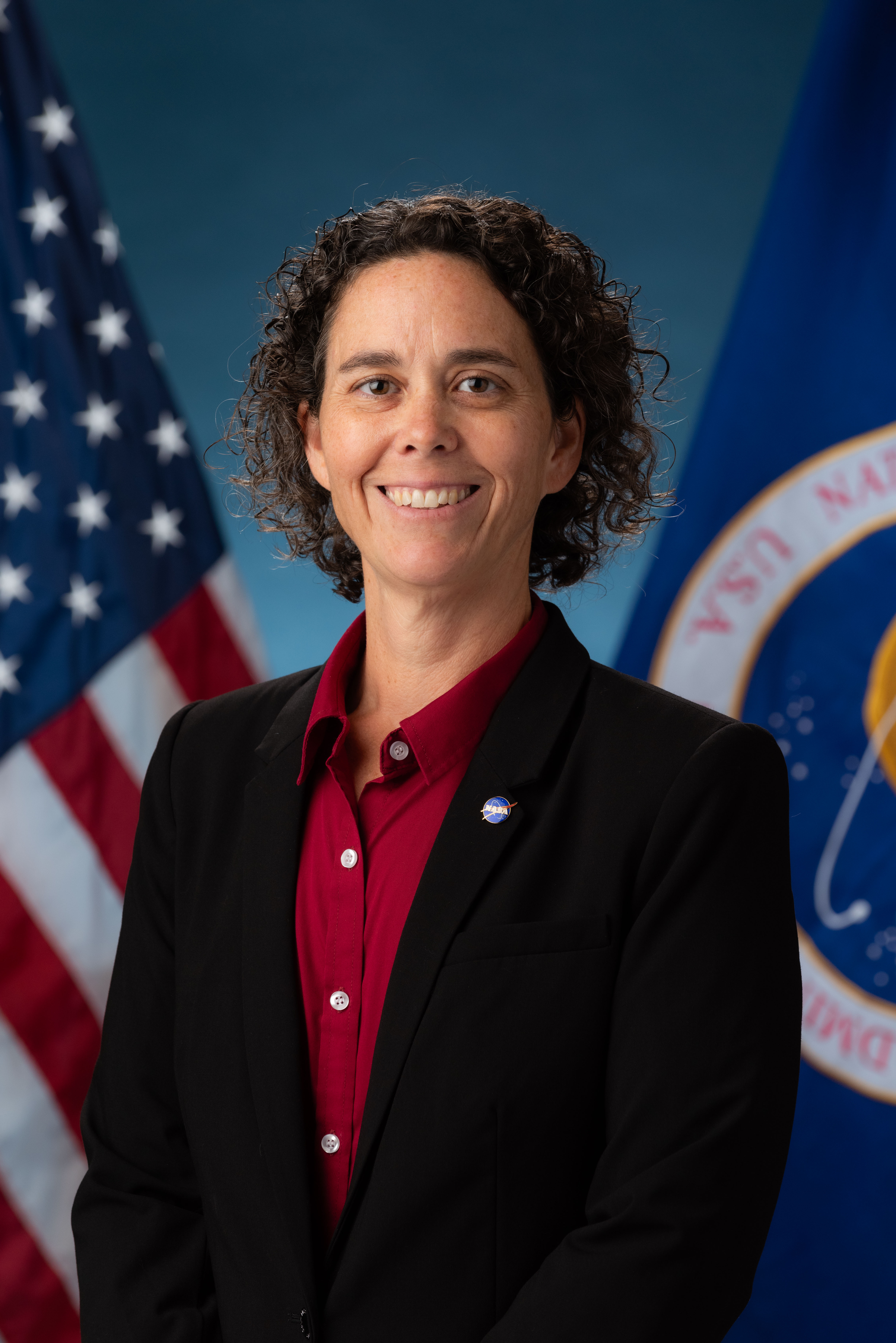 In our annual “Women in Cryogenics and Superconductivity” feature, Cold Facts explores the profound contributions of outstanding women in the field. Drawing on its popularity, we wanted to have a candid conversation, reconnecting with a trailblazing woman in cryogenics, previously spotlighted as one of our “Women in Cryogenics.” In this interview, Angela Krenn, with over 21 years of experience at NASA’s Kennedy Space Center, offers an insightful glimpse into the industry's evolution over two decades and her impact on space exploration. Currently serving as the principal technologist for Thermal Management Systems and Surface Systems in the Space Technology Mission Directorate, Angela is at the forefront of developing investment strategies and coordinating technology advancements across NASA. In her role, she seamlessly transitioned from a focus on cryogenics to overseeing all thermal-related technology developments for the agency. Angela's expertise extends from extreme cooling for rocket fuel efficiency to ensuring instruments’ function in lunar exploration conditions. A Florida native, Angela's childhood dream of working for NASA became a reality and her commitment to identifying gaps in thermal technologies reflects her dedication. With a remarkable career that started with a dream job working with liquid hydrogen, Angela continues to inspire as a leader in advancing NASA’s capabilities for future space exploration and as a powerful role model to industry women.
In our annual “Women in Cryogenics and Superconductivity” feature, Cold Facts explores the profound contributions of outstanding women in the field. Drawing on its popularity, we wanted to have a candid conversation, reconnecting with a trailblazing woman in cryogenics, previously spotlighted as one of our “Women in Cryogenics.” In this interview, Angela Krenn, with over 21 years of experience at NASA’s Kennedy Space Center, offers an insightful glimpse into the industry's evolution over two decades and her impact on space exploration. Currently serving as the principal technologist for Thermal Management Systems and Surface Systems in the Space Technology Mission Directorate, Angela is at the forefront of developing investment strategies and coordinating technology advancements across NASA. In her role, she seamlessly transitioned from a focus on cryogenics to overseeing all thermal-related technology developments for the agency. Angela's expertise extends from extreme cooling for rocket fuel efficiency to ensuring instruments’ function in lunar exploration conditions. A Florida native, Angela's childhood dream of working for NASA became a reality and her commitment to identifying gaps in thermal technologies reflects her dedication. With a remarkable career that started with a dream job working with liquid hydrogen, Angela continues to inspire as a leader in advancing NASA’s capabilities for future space exploration and as a powerful role model to industry women.

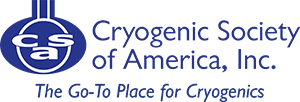
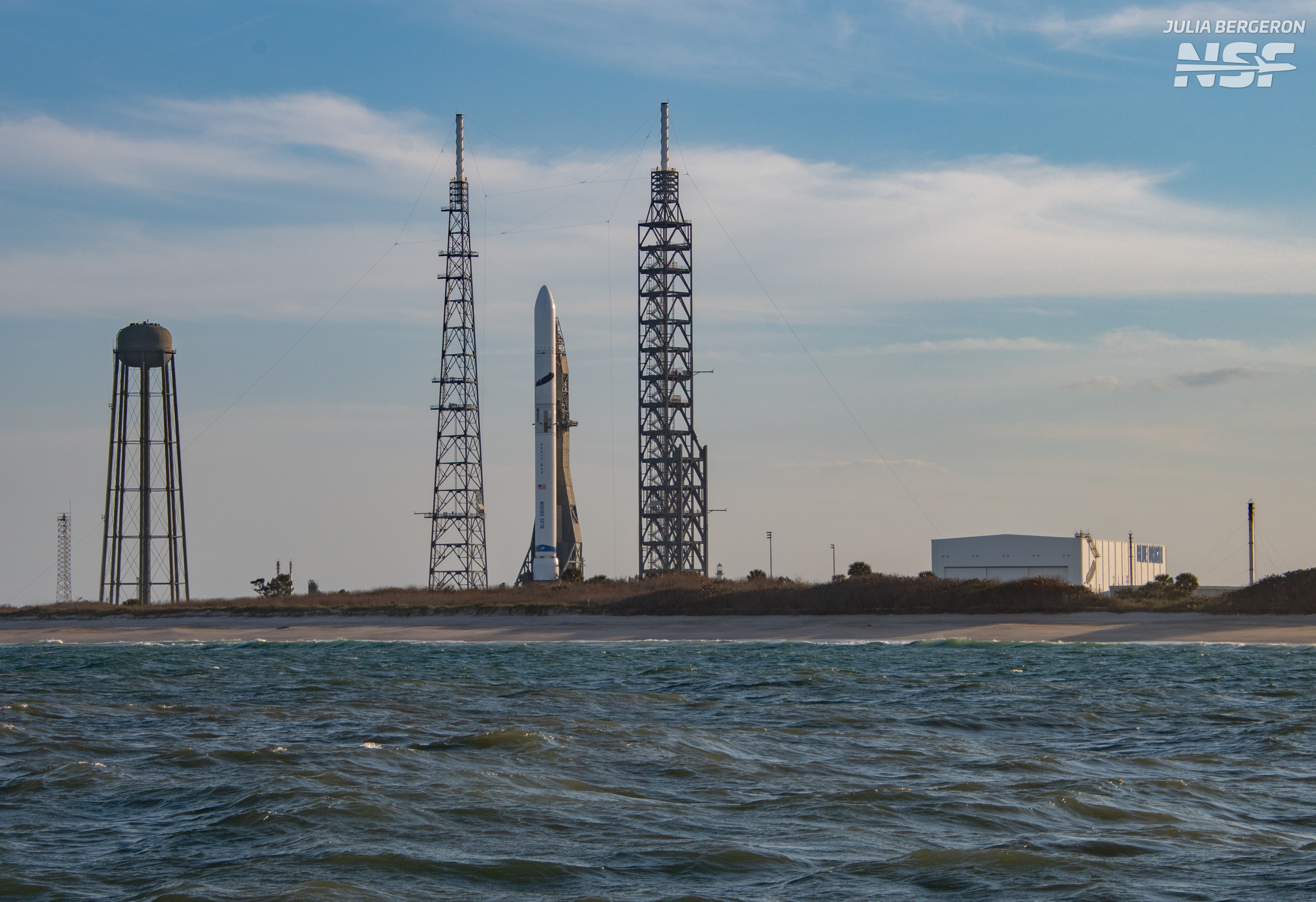 Blue Origin continues to take big steps forward with its New Glenn orbital rocket as hardware rolls out to the launch pad, cryogenic testing begins, and the BE-4 engine gains a new test stand. The company still aims to launch New Glenn at least once in 2024. Over the past month, Launch Complex 36 (LC-36) has seen a large increase in New Glenn-related activity, including two vehicles being rolled out of the integration facility and raised vertically on the launch mount, the first-ever publicly visible cryogenic tanking tests of New Glenn hardware, and pad upgrades to support future hardware testing.
Blue Origin continues to take big steps forward with its New Glenn orbital rocket as hardware rolls out to the launch pad, cryogenic testing begins, and the BE-4 engine gains a new test stand. The company still aims to launch New Glenn at least once in 2024. Over the past month, Launch Complex 36 (LC-36) has seen a large increase in New Glenn-related activity, including two vehicles being rolled out of the integration facility and raised vertically on the launch mount, the first-ever publicly visible cryogenic tanking tests of New Glenn hardware, and pad upgrades to support future hardware testing.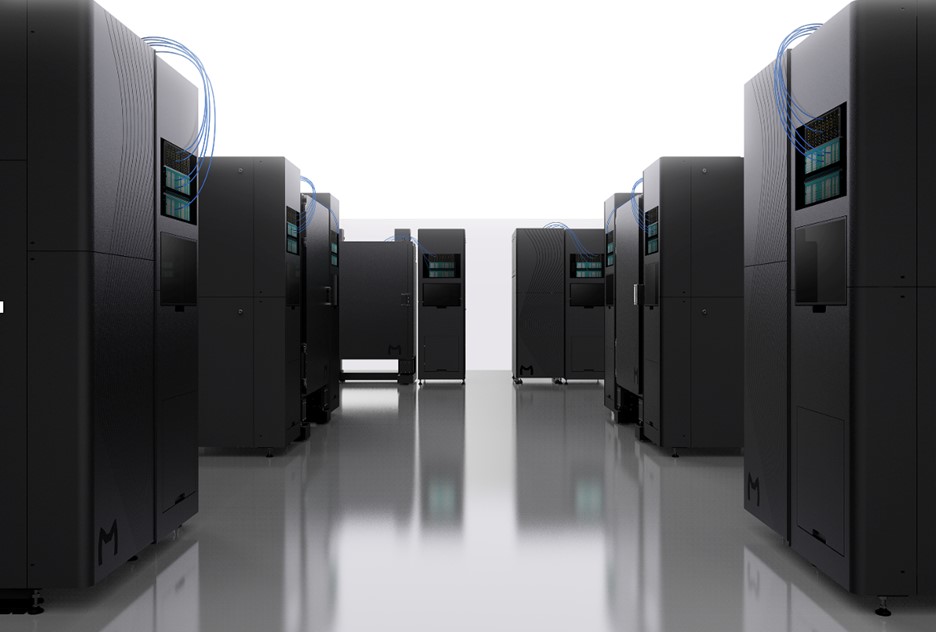 Maybell Quantum (“Maybell”), the quantum infrastructure company, has closed a $25 million funding round led by an affiliate of Cerberus Capital Management, L.P. (“Cerberus”), a global leader in alternative investing. This investment marks the start of a pivotal chapter in Maybell’s development.
Maybell Quantum (“Maybell”), the quantum infrastructure company, has closed a $25 million funding round led by an affiliate of Cerberus Capital Management, L.P. (“Cerberus”), a global leader in alternative investing. This investment marks the start of a pivotal chapter in Maybell’s development.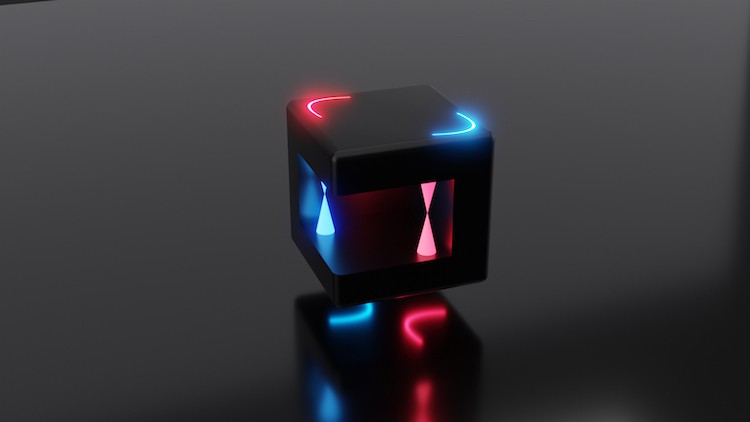 Researchers at the Leibniz Institute for Solid State and Materials Research at IFW Dresden, Germany, have found proof for surface superconductivity in a class of topological materials known as Weyl semimetals. Interestingly, the superconductivity, which comes from electrons confined in so-called Fermi arcs, is slightly different on the top and bottom surfaces of the sample studied. The phenomenon could be used to create Majorana states – long-sought after quasiparticles that could make extremely stable, fault-tolerant quantum bits for next-generation quantum computers. Meanwhile, another group at Penn State University in the US has fabricated a chiral topological superconductor by combining two magnetic materials. Majorana states might also be found in this new material.
Researchers at the Leibniz Institute for Solid State and Materials Research at IFW Dresden, Germany, have found proof for surface superconductivity in a class of topological materials known as Weyl semimetals. Interestingly, the superconductivity, which comes from electrons confined in so-called Fermi arcs, is slightly different on the top and bottom surfaces of the sample studied. The phenomenon could be used to create Majorana states – long-sought after quasiparticles that could make extremely stable, fault-tolerant quantum bits for next-generation quantum computers. Meanwhile, another group at Penn State University in the US has fabricated a chiral topological superconductor by combining two magnetic materials. Majorana states might also be found in this new material.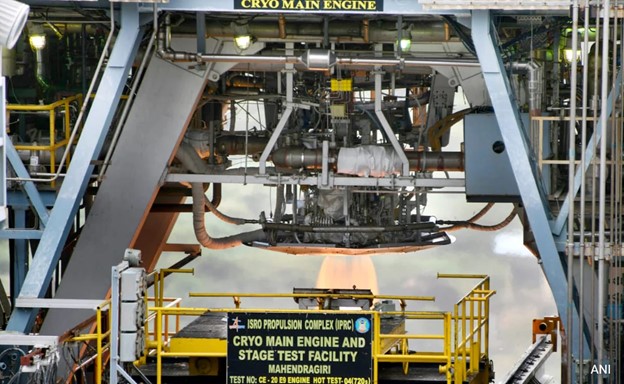
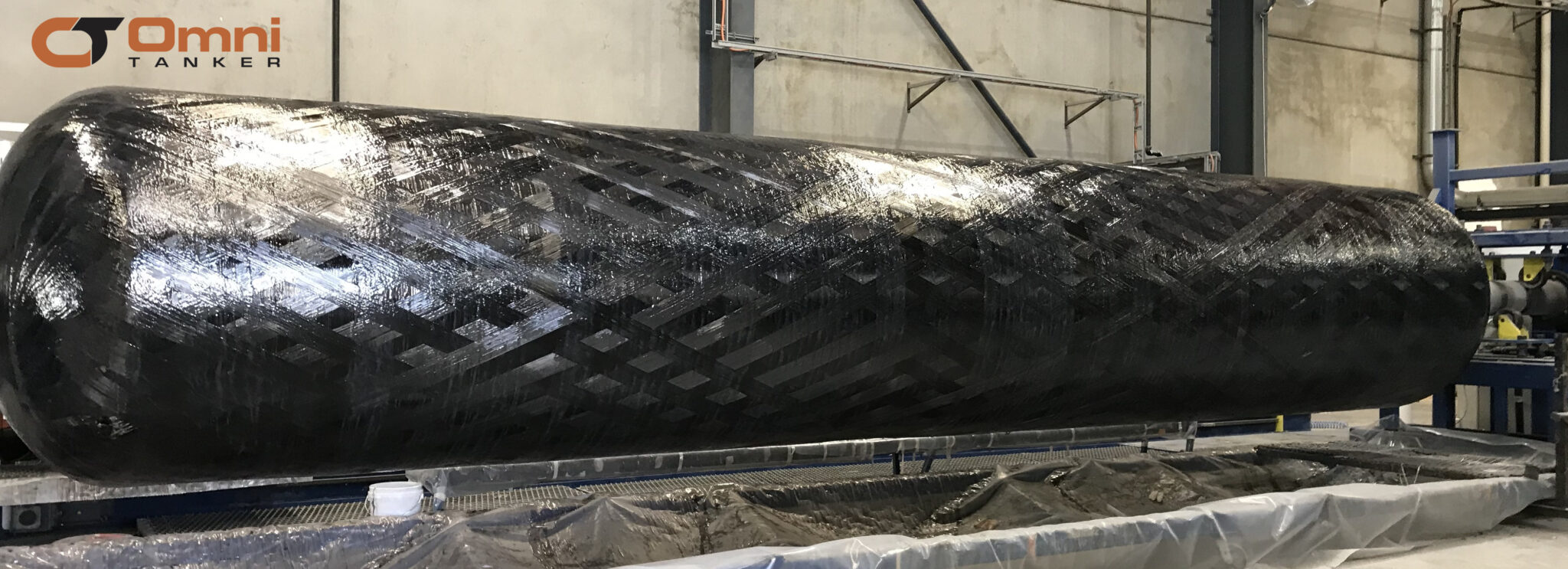 In a groundbreaking collaboration, Lockheed Martin, Omni Tanker and UNSW Sydney have joined forces to pioneer and commercialize world-first composite tank technologies. This ambitious project, supported by a grant from the Federal Government’s Advanced Manufacturing Growth Centre (AMGC), aims to tackle the challenges associated with using composites for the transportation and storage of liquid hydrogen across various applications – from ground and air to underwater and space.
In a groundbreaking collaboration, Lockheed Martin, Omni Tanker and UNSW Sydney have joined forces to pioneer and commercialize world-first composite tank technologies. This ambitious project, supported by a grant from the Federal Government’s Advanced Manufacturing Growth Centre (AMGC), aims to tackle the challenges associated with using composites for the transportation and storage of liquid hydrogen across various applications – from ground and air to underwater and space.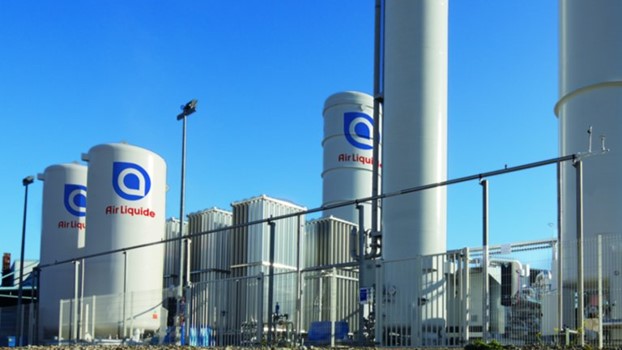 In 2023, Air Liquide set a new record by signing 62 new small gas production units directly installed on its customers' sites in the industrial merchant and
In 2023, Air Liquide set a new record by signing 62 new small gas production units directly installed on its customers' sites in the industrial merchant and 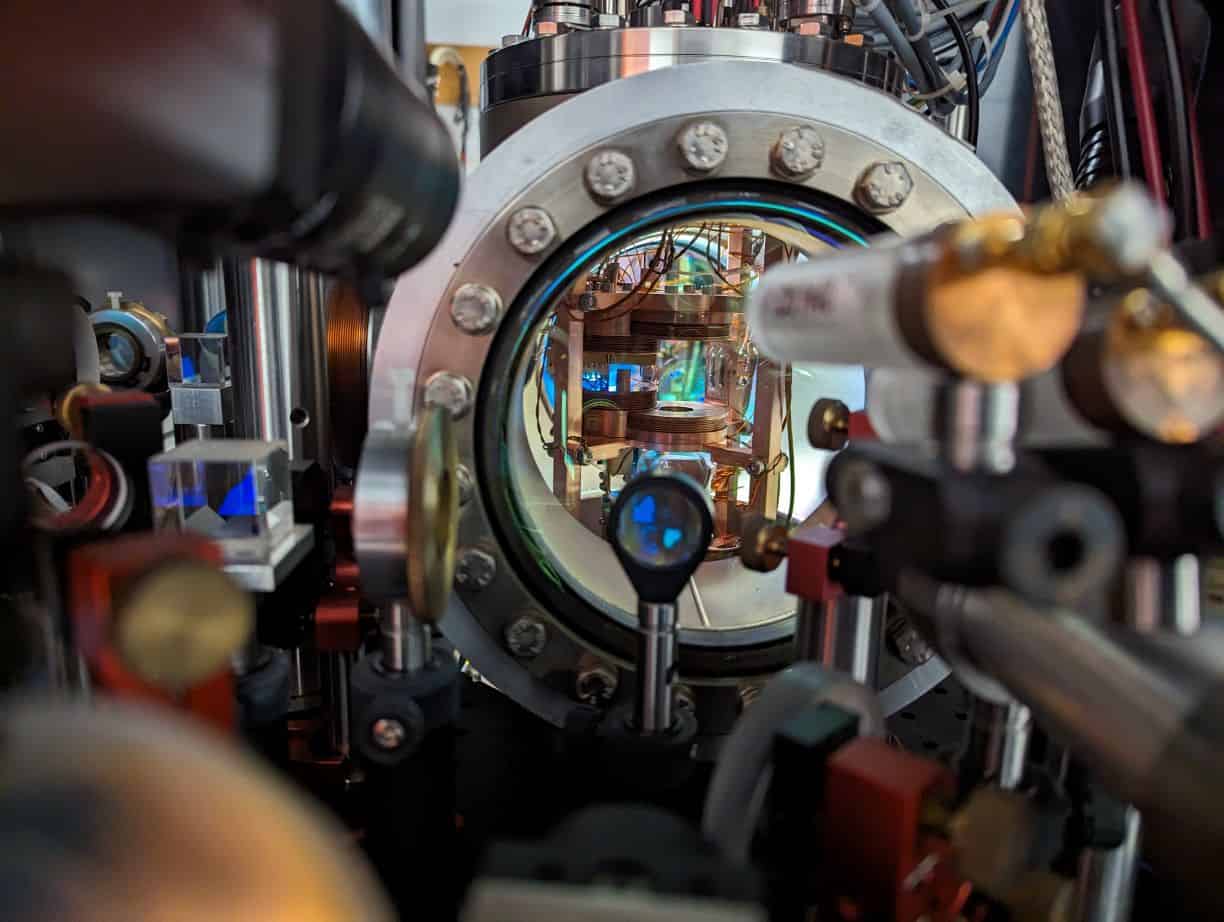 Cold atoms solve many problems in quantum technology. Want a quantum computer? You can make one from an
Cold atoms solve many problems in quantum technology. Want a quantum computer? You can make one from an 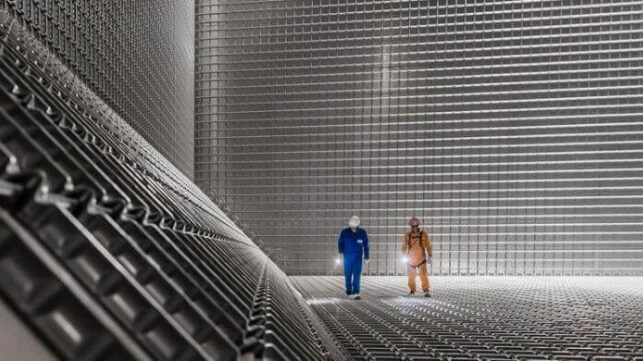 A consortium of French shipping, vessel design and energy companies have achieved approval in principle for a new membrane tank-based transport system for liquid hydrogen, including both the underlying containment technology and an initial vessel design. GTT, the longtime leader in membrane containment systems for LNG carriers, has designed a new system for containing and transporting liquid hydrogen. This new membrane system has now achieved an approval in principle from BV. (GTT also holds approval from DNV for a system developed in concert with Shell.)
A consortium of French shipping, vessel design and energy companies have achieved approval in principle for a new membrane tank-based transport system for liquid hydrogen, including both the underlying containment technology and an initial vessel design. GTT, the longtime leader in membrane containment systems for LNG carriers, has designed a new system for containing and transporting liquid hydrogen. This new membrane system has now achieved an approval in principle from BV. (GTT also holds approval from DNV for a system developed in concert with Shell.)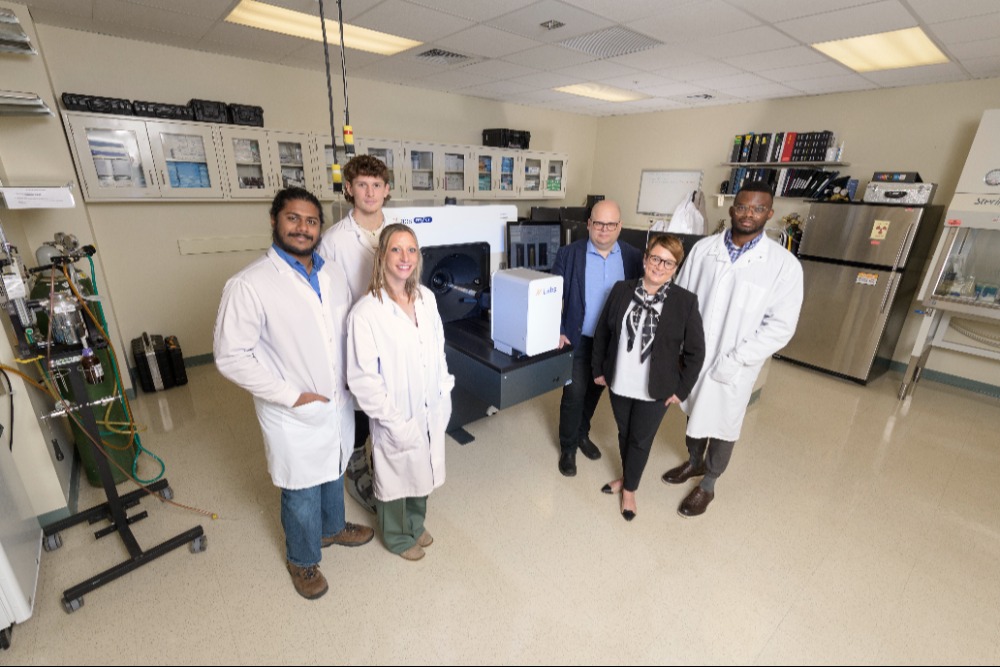 The Molecular Imaging Laboratory at the Beckman Institute for Advanced Science and Technology, with support from the Roy J. Carver Charitable Trust, has added to its imaging repertoire a new ultra-high-performance positron emission tomography and X-ray computed tomography scanner, opening new possibilities for cutting-edge research.
The Molecular Imaging Laboratory at the Beckman Institute for Advanced Science and Technology, with support from the Roy J. Carver Charitable Trust, has added to its imaging repertoire a new ultra-high-performance positron emission tomography and X-ray computed tomography scanner, opening new possibilities for cutting-edge research.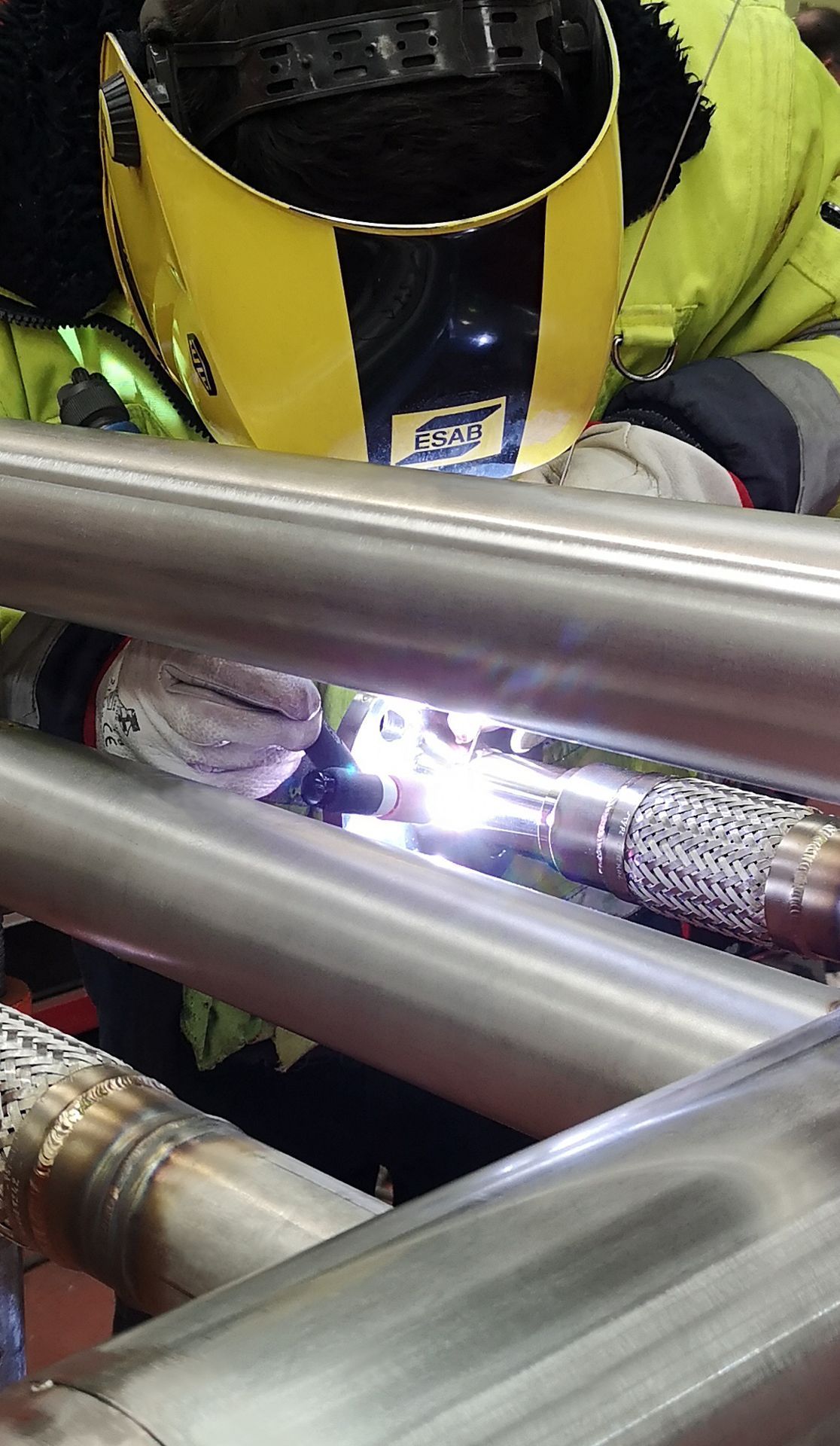
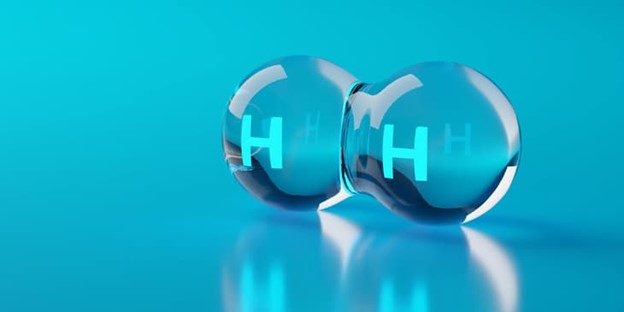 GenH2 has signed an agreement with the University of Melbourne to provide the Cryostat CS500 simulation platform for cryogenic and hydrogen R&D projects. GenH2’s Cryostat CS500 system is capable of testing a wide range of thermal insulation systems, materials, composites, or panels under both cryogenic-vacuum conditions and real-world conditions.
GenH2 has signed an agreement with the University of Melbourne to provide the Cryostat CS500 simulation platform for cryogenic and hydrogen R&D projects. GenH2’s Cryostat CS500 system is capable of testing a wide range of thermal insulation systems, materials, composites, or panels under both cryogenic-vacuum conditions and real-world conditions.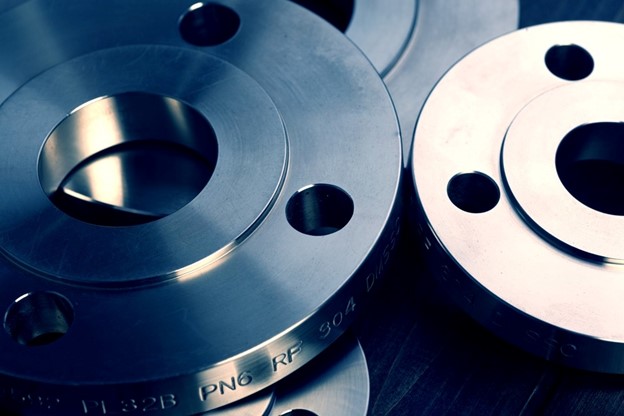 The machining process covers many material removal procedures; among them, grinding is one of the most important. Improved grinding is crucial to improve the overall machining process; hence, many researches focused on enhancing the performance of grinding operations by focusing on factors like wear, chattering vibrations, grinding wheel topography, temperature, and force surface roughness.
The machining process covers many material removal procedures; among them, grinding is one of the most important. Improved grinding is crucial to improve the overall machining process; hence, many researches focused on enhancing the performance of grinding operations by focusing on factors like wear, chattering vibrations, grinding wheel topography, temperature, and force surface roughness.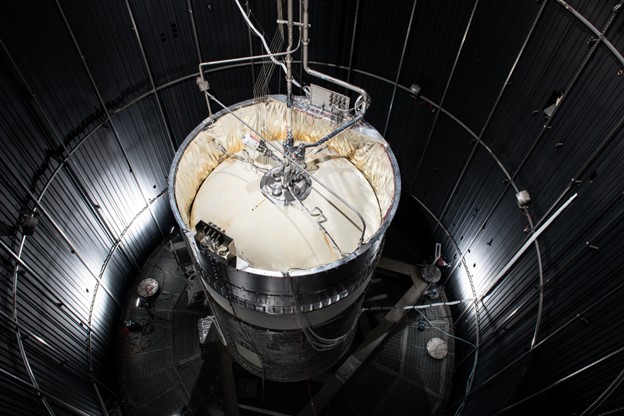 Establishing sustained operations on the moon and Mars presents a multitude of opportunities and challenges NASA has yet to encounter. Many of these activities require new technologies and processes to ensure the agency is prepared for its ambitious Artemis missions and those beyond. One of those challenges is working with cryogenic fluids, meaning fluids existing in a liquid state between minus 238 degrees Fahrenheit and absolute zero (minus 460 F). These fluids – liquid hydrogen (the most difficult to work with), methane, and oxygen – are vital to spacecraft propulsion and life support systems. The fluids may also be produced in the future on the lunar and Martian surfaces via in-situ resource utilization (ISRU).
Establishing sustained operations on the moon and Mars presents a multitude of opportunities and challenges NASA has yet to encounter. Many of these activities require new technologies and processes to ensure the agency is prepared for its ambitious Artemis missions and those beyond. One of those challenges is working with cryogenic fluids, meaning fluids existing in a liquid state between minus 238 degrees Fahrenheit and absolute zero (minus 460 F). These fluids – liquid hydrogen (the most difficult to work with), methane, and oxygen – are vital to spacecraft propulsion and life support systems. The fluids may also be produced in the future on the lunar and Martian surfaces via in-situ resource utilization (ISRU).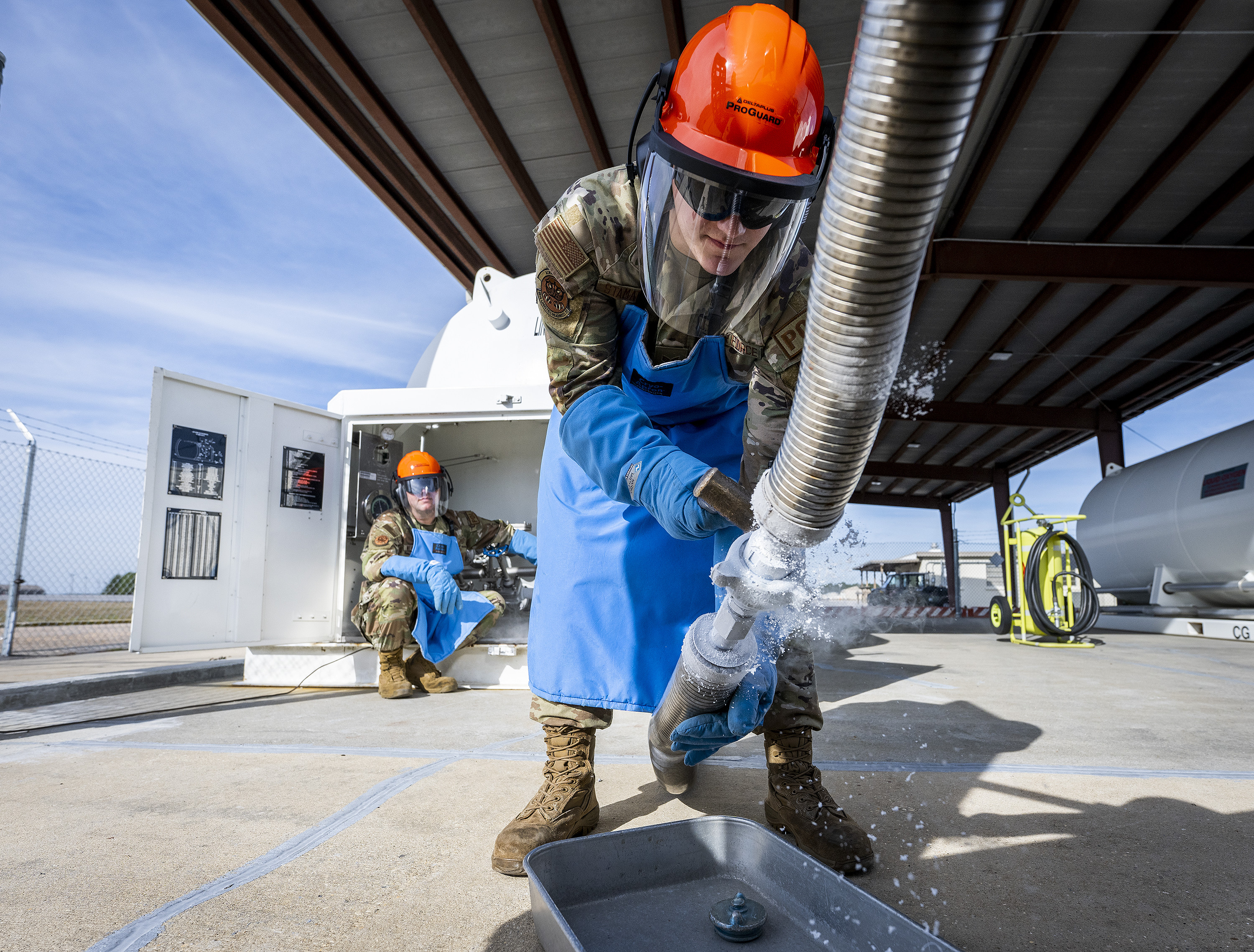 During the intense heat of summer and throughout the humid Florida fall, Airmen donned protective gear to handle, manage, and deliver over 19,000 gallons of liquid nitrogen at temperatures below minus 300 degrees Fahrenheit to support a three-month munition test at Eglin Air Force Base.
During the intense heat of summer and throughout the humid Florida fall, Airmen donned protective gear to handle, manage, and deliver over 19,000 gallons of liquid nitrogen at temperatures below minus 300 degrees Fahrenheit to support a three-month munition test at Eglin Air Force Base.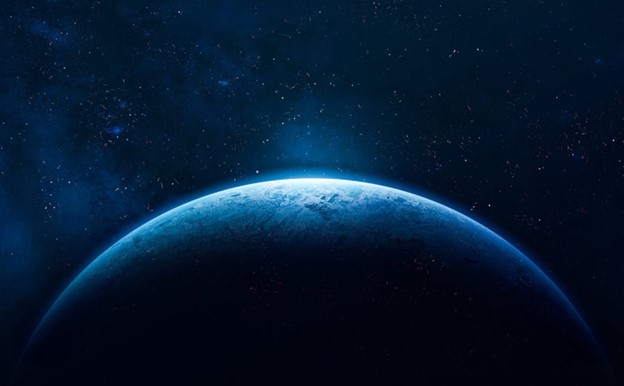 Two space infrastructure specialists, Space Machines Company and Spaceium, have joined forces to embark on what they believe to be the first-ever cryogenic refueling space mission in space in 2025. Under terms of a signed agreement, Canada’s Spaceium will integrate its cryogenic storage technology into Space Machine’s platform. Spaceium will then refuel Space Machines’ tanks with cryogenic fuel using stored reserves.
Two space infrastructure specialists, Space Machines Company and Spaceium, have joined forces to embark on what they believe to be the first-ever cryogenic refueling space mission in space in 2025. Under terms of a signed agreement, Canada’s Spaceium will integrate its cryogenic storage technology into Space Machine’s platform. Spaceium will then refuel Space Machines’ tanks with cryogenic fuel using stored reserves.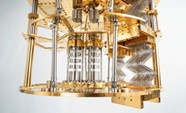 As we enter 2024, the field of quantum computing continues to develop rapidly. Accessibility to quantum processing and the scaling of systems are key factors in the growing industry. Cloud-based services offer one potential access route to quantum processing, but systems are also being deployed for customers to host on-premises. Besides increases in accessibility, improvements are also needed in the quality of quantum bits, or qubits, themselves and the infrastructure that surrounds them. This includes scaling up the cryogenic infrastructure.
As we enter 2024, the field of quantum computing continues to develop rapidly. Accessibility to quantum processing and the scaling of systems are key factors in the growing industry. Cloud-based services offer one potential access route to quantum processing, but systems are also being deployed for customers to host on-premises. Besides increases in accessibility, improvements are also needed in the quality of quantum bits, or qubits, themselves and the infrastructure that surrounds them. This includes scaling up the cryogenic infrastructure.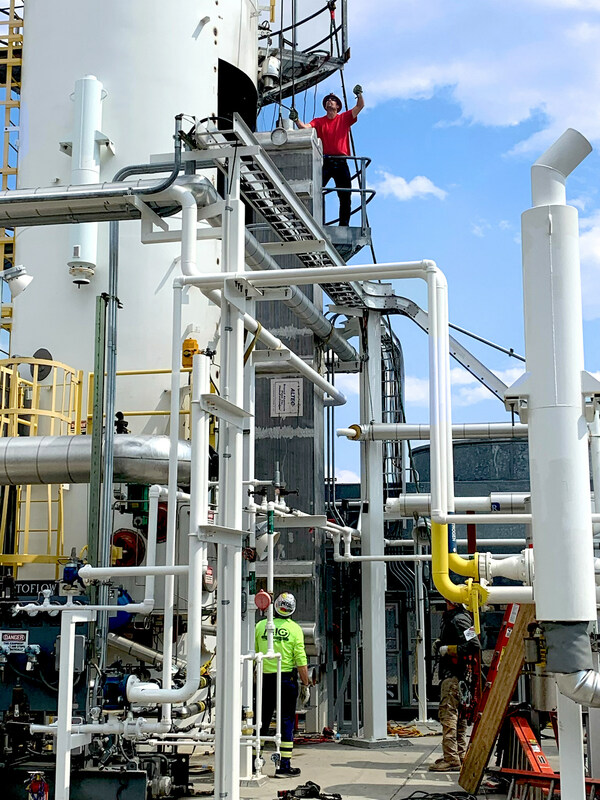 Maddox Industrial Group (MIG), a leader in delivering specialized industrial solutions to the air separation, energy, refining, petrochemical, wastewater, and other industries, has announced its strategic expansion into the Gulf Coast region. This growth is in collaboration with partner, Metalforms LLC (Metalforms), an industrial fabrication, services, and heat transfer solutions expert based in
Maddox Industrial Group (MIG), a leader in delivering specialized industrial solutions to the air separation, energy, refining, petrochemical, wastewater, and other industries, has announced its strategic expansion into the Gulf Coast region. This growth is in collaboration with partner, Metalforms LLC (Metalforms), an industrial fabrication, services, and heat transfer solutions expert based in  Air Products announced it will build, own and operate a state-of-the-art carbon capture and carbon dioxide (CO2) treatment facility at its existing hydrogen production plant in Rotterdam, the Netherlands. The facility is expected to be on-stream in 2026, and the resulting "blue" hydrogen product to serve ExxonMobil’s (Esso) Rotterdam refinery and additional customers via Air Products' hydrogen pipeline network system. This will be the largest blue hydrogen plant in Europe once operational.
Air Products announced it will build, own and operate a state-of-the-art carbon capture and carbon dioxide (CO2) treatment facility at its existing hydrogen production plant in Rotterdam, the Netherlands. The facility is expected to be on-stream in 2026, and the resulting "blue" hydrogen product to serve ExxonMobil’s (Esso) Rotterdam refinery and additional customers via Air Products' hydrogen pipeline network system. This will be the largest blue hydrogen plant in Europe once operational. The LCLS-XFEL at SLAC National Accelerator Lab has launched its upgraded version, LCLS-II, generating its first X-rays. This advancement is set to revolutionize research, offering unparalleled capabilities for studying quantum materials with remarkable precision. Scientists worldwide are queued up to explore various applications, from improving computing and communication technologies using quantum materials to understanding fleeting chemical reactions for sustainable industries and clean energy. Additionally, the upgrade enables investigations into biological molecules' functions for pharmaceutical advancements and opens doors to entirely new scientific realms by studying the world's fastest timescales.
The LCLS-XFEL at SLAC National Accelerator Lab has launched its upgraded version, LCLS-II, generating its first X-rays. This advancement is set to revolutionize research, offering unparalleled capabilities for studying quantum materials with remarkable precision. Scientists worldwide are queued up to explore various applications, from improving computing and communication technologies using quantum materials to understanding fleeting chemical reactions for sustainable industries and clean energy. Additionally, the upgrade enables investigations into biological molecules' functions for pharmaceutical advancements and opens doors to entirely new scientific realms by studying the world's fastest timescales.